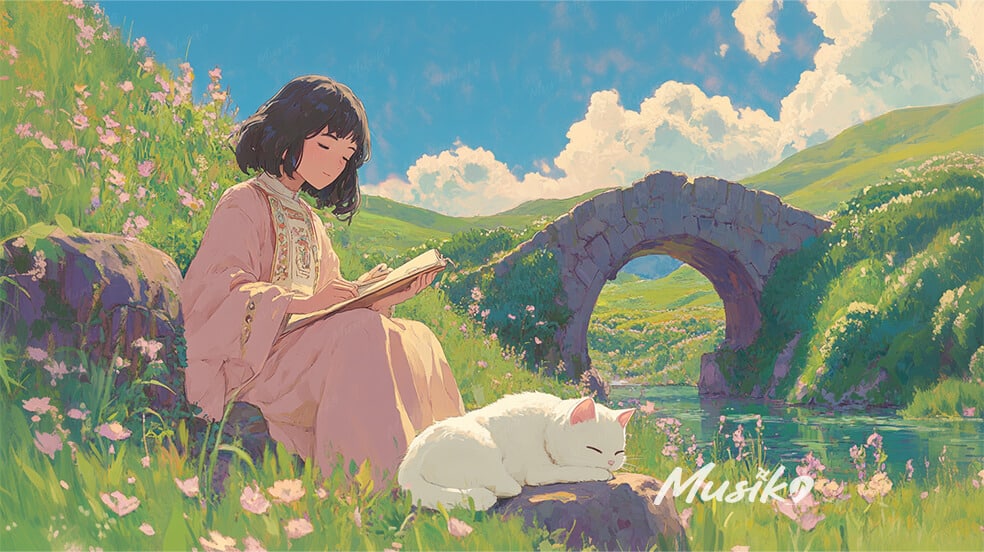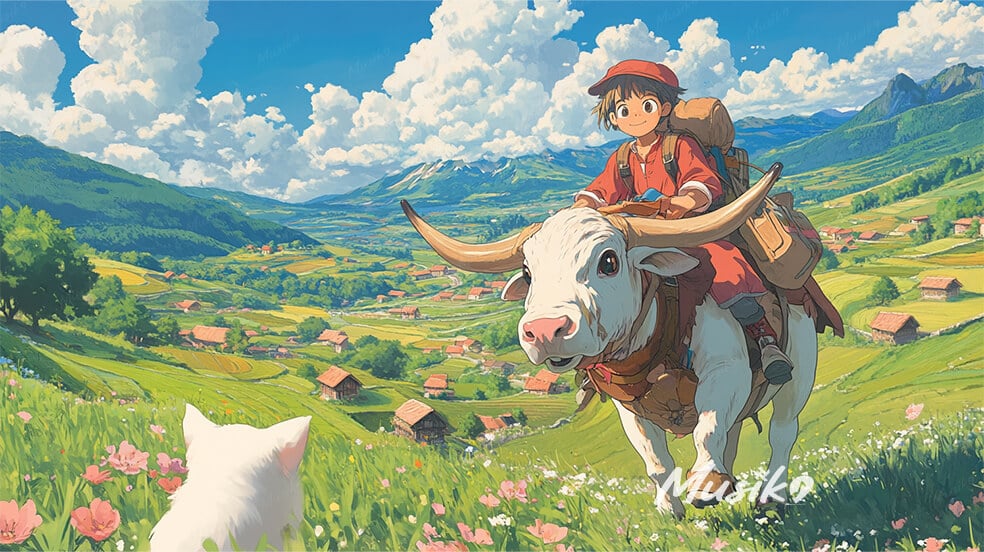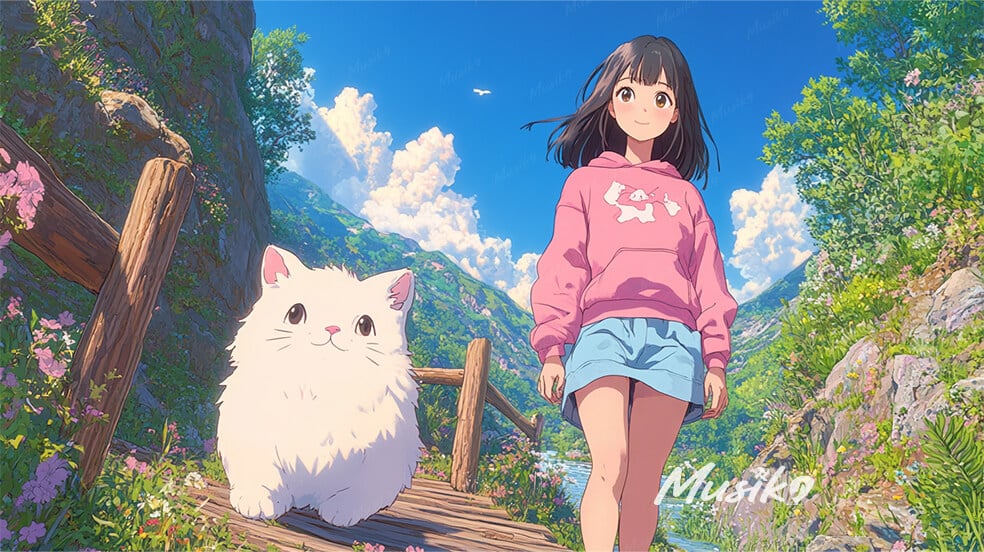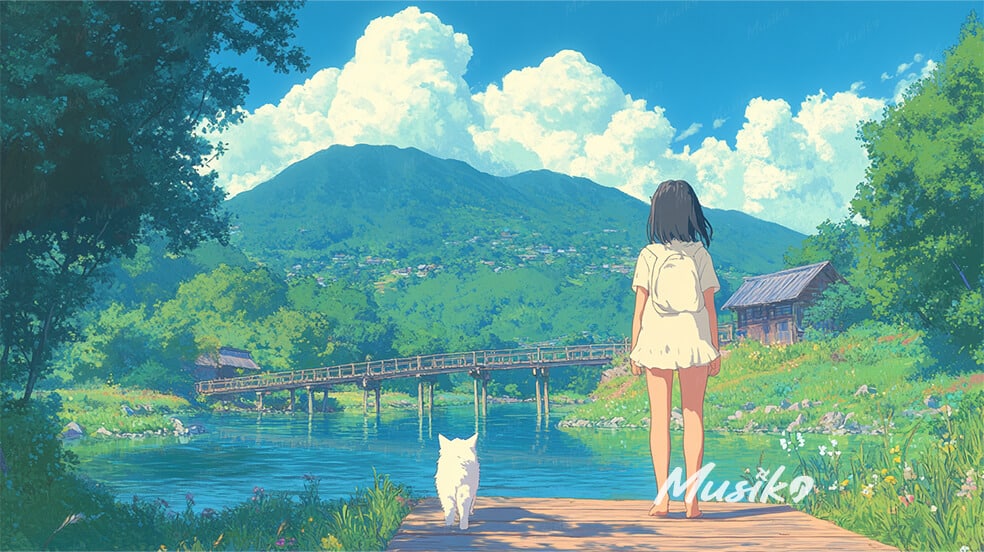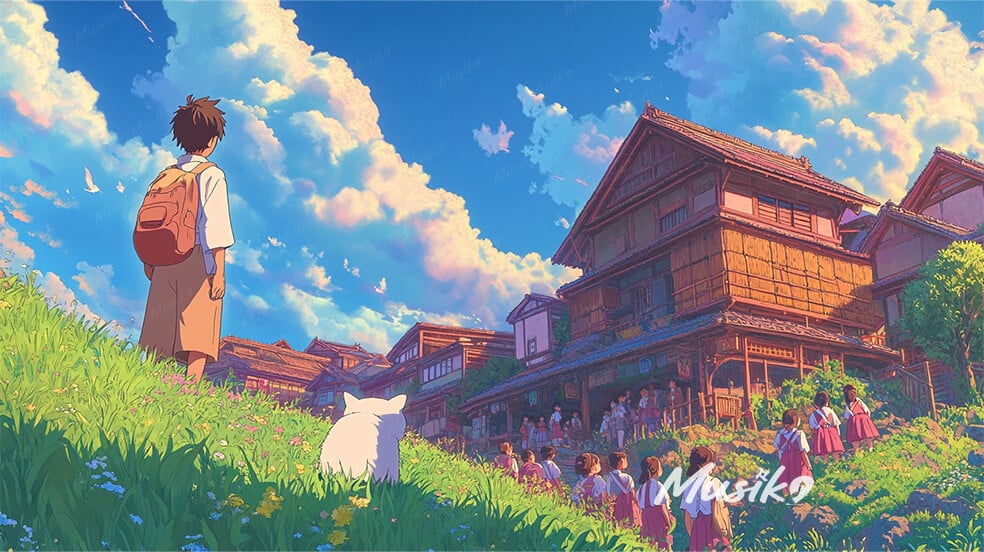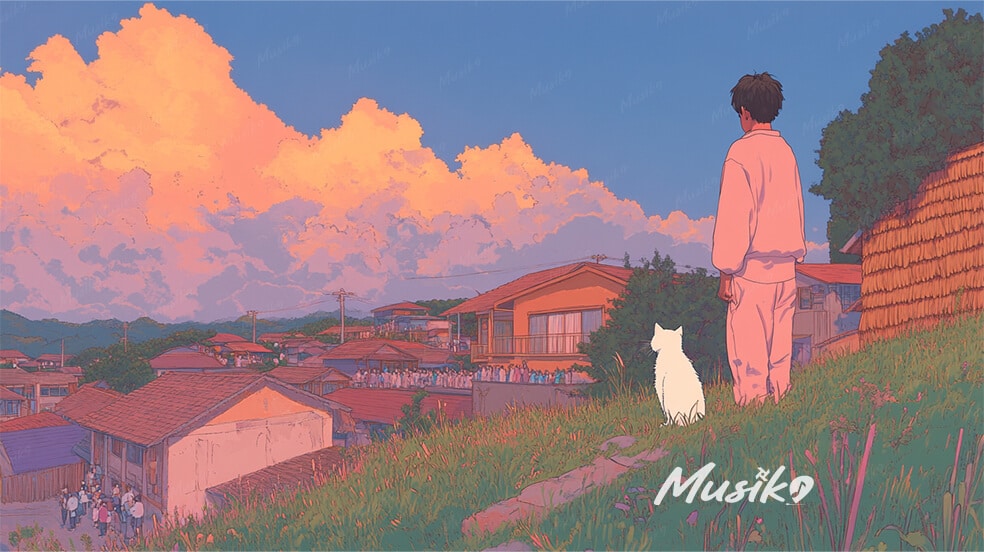🏞️ Discover San Emilio, Ilocos Sur
San Emilio is a peaceful, culturally rich municipality nestled in the heart of Ilocos Sur, Philippines. Known for its scenic beauty, warm people, and strong traditions, it offers a unique glimpse into Ilocano life beyond the usual tourist trails. Whether you’re a culture buff, a foodie, or a nature lover, San Emilio is worth a visit.
🏯 Landmarks and Must-See Spots
While modest in size, San Emilio boasts natural landmarks that leave lasting impressions. The Abualan Cave, hidden within the lush greenery, is a must-explore for spelunking fans. Nearby, immaculate rivers and rolling hills provide stunning views and Instagram-worthy backdrops perfect for day hikes and nature photography.
🎉 Vibrant Culture and Traditions
San Emilio is home to both Ilocano and Tingguian communities, creating a vibrant mix of traditions. Locals maintain age-old practices such as “bayanihan” (community spirit), traditional weaving, and upland rice farming, offering visitors an immersive cultural experience.
🗣️ Language and Local Charm
Ilocano is the primary language spoken here, with many also fluent in Filipino. Tingguian dialects still thrive in the upland barangays, preserving the linguistic diversity of the region. Expect warm smiles and friendly conversations wherever you go.
🍛 Local Delicacies to Savor
Food is at the heart of Ilocano life. Try the dinengdeng (vegetable medley with fermented fish sauce), bagnet (crispy pork belly), and inabel-wrapped treats. San Emilio also features native dishes like puki-puki and wild honey-infused rice cakes, perfect for adventurous palates.
🎭 Festivals and Celebrations
The Ayyoweng Festival is the highlight of San Emilio’s cultural calendar. Celebrated annually, it showcases traditional Tingguian music, tribal dances, and a grand street parade. This vibrant festival celebrates unity, history, and indigenous pride.
🎶 Music and Rhythm of the Land
Tingguian gongs and native drums provide a rhythmic heartbeat to San Emilio’s festivities. Traditional songs tell stories of harvests, courtship, and mountain life, blending seamlessly with modern Ilocano music influences.
🌟 What San Emilio is Known For
San Emilio is cherished for its pristine nature, indigenous culture, and genuine hospitality. A tranquil escape from the urban rush, it invites travelers to slow down, connect, and rediscover the richness of rural Philippines.

